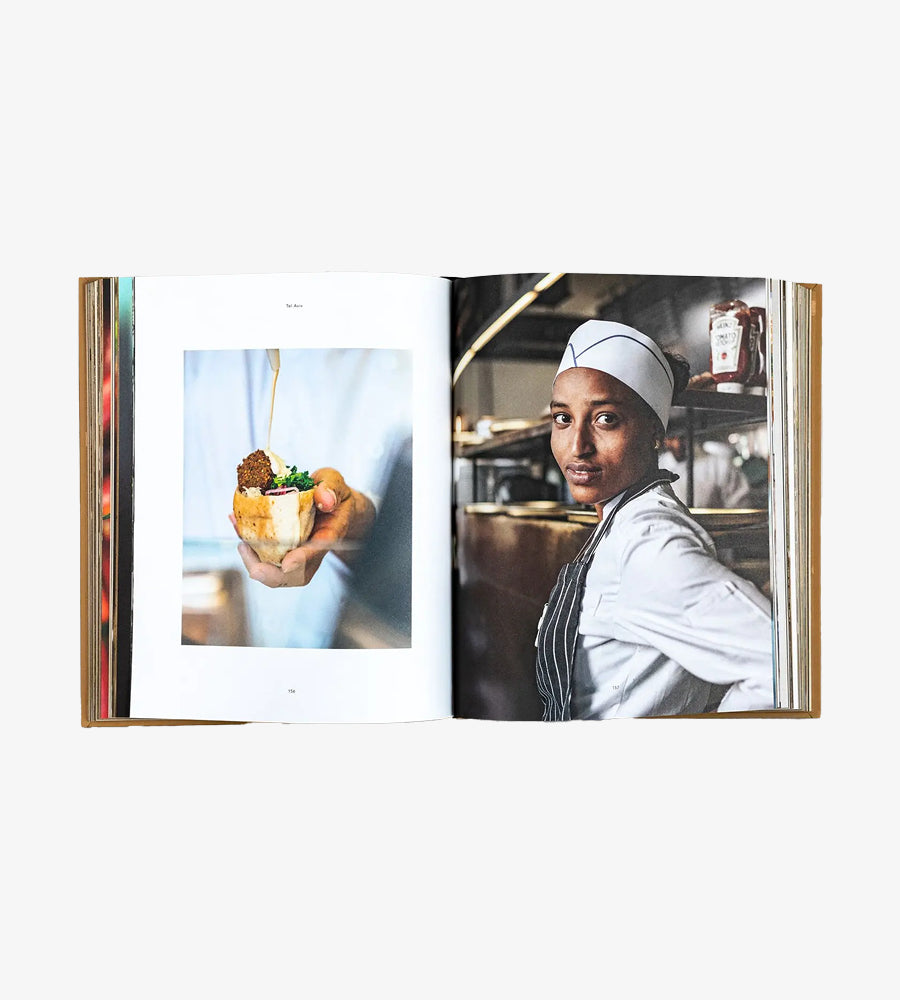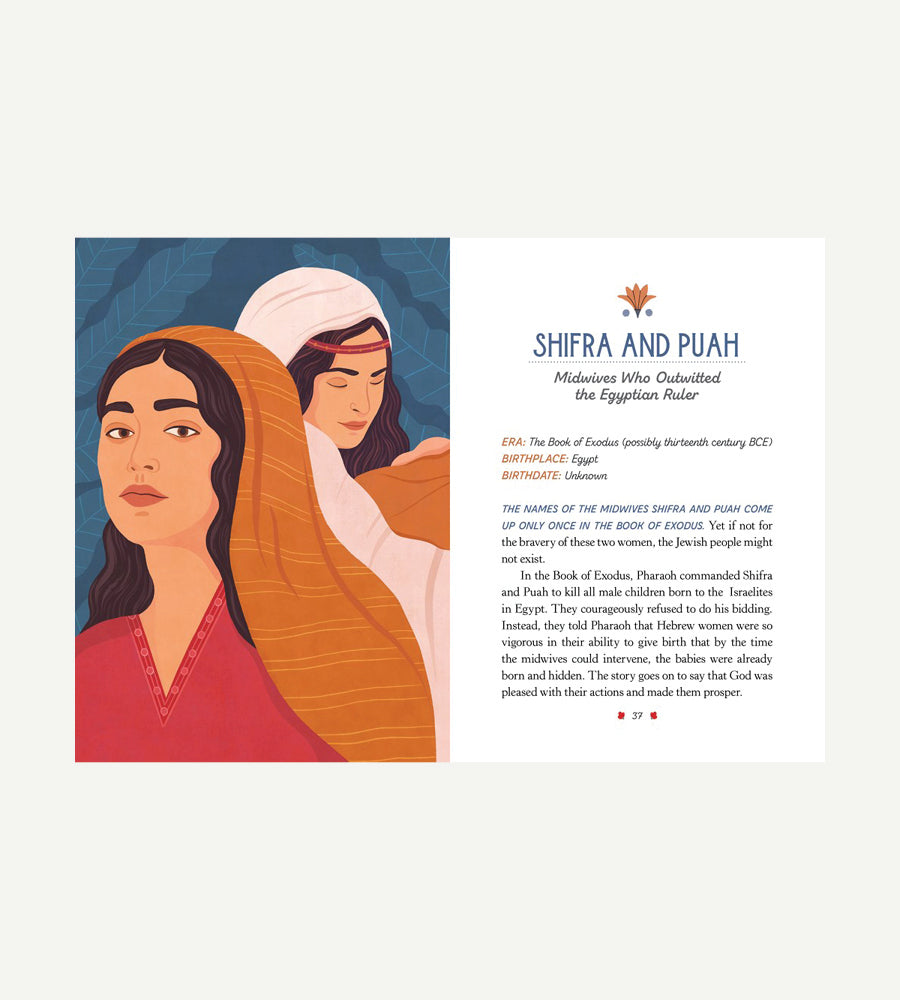
Illustrating the Flora of Palestine
Hila Zaksenberg

In 1944, the groundbreaking botanist Naomi Feinbrun-Dothan (1900–1995), armed with a field notebook and a straw hat, set out on a research trip to Egypt atop a camel. This was one of numerous research and specimen-finding expeditions she undertook throughout the Land of Israel and the Middle East, disregarding all borders except those of climate zones and natural habitats. The findings were collected on-site and later transferred to the nascent herbarium at the Hebrew University in Jerusalem, where they were dried, preserved, and cataloged. Feinbrun-Dothan’s studies were published periodically in academic journals and books for the general public, addressed “to the residents of the land, to tourists…to readers in the diaspora eager to get to know the country and its flora.” These publications featured botanical illustrations by Ruth Koppel, Feinbrun-Dothan’s lifelong colleague and partner.
In 1960, Feinbrun-Dothan and Koppel published Wild Plants in the Land of Israel, the only one of their joint publications printed completely in color, including descriptions and illustrations of the Jerusalem pine, the poppy, the oleander, and the Egyptian clove. Koppel’s handwritten notes on the galleys of this volume shed light on her artistic process and commitment to depicting the specimen accurately. The partners’ work culminated in the publication (in collaboration with Professor Michael Zohary) of The Flora of Palestine, a monumental research project documenting all local flora and the environs.
The National Library is home to the joint archive of these remarkable women. This archive includes sketches, illustrations, and an extensive three-decades-long correspondence testifying to a symbiotic relationship between the scientist and the artist in which the professional and personal were intertwined. The archival materials offer a unique perspective on the story of the national, scientific, and linguistic enterprise to identify the local vegetation and develop an adequate Hebrew terminology. They also provide us with the rare personal testimony of two women, both immigrants and pioneers, making their way through the academic thicket in the early years of the state.















